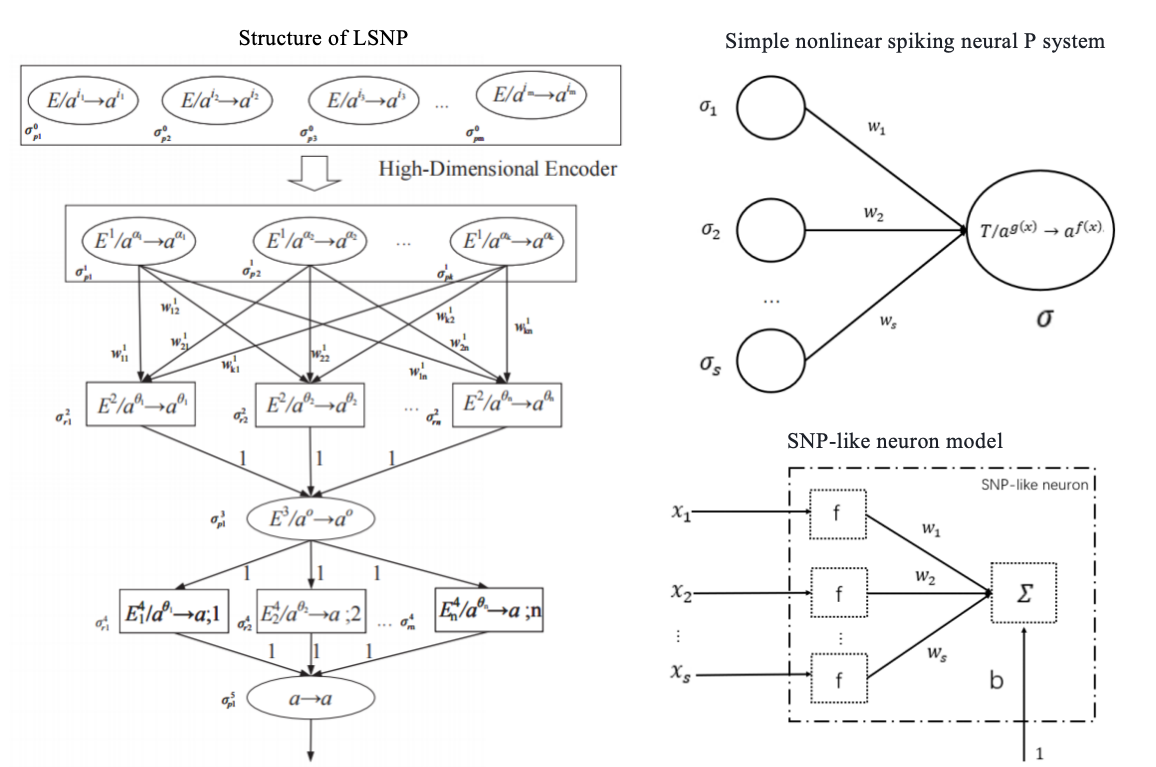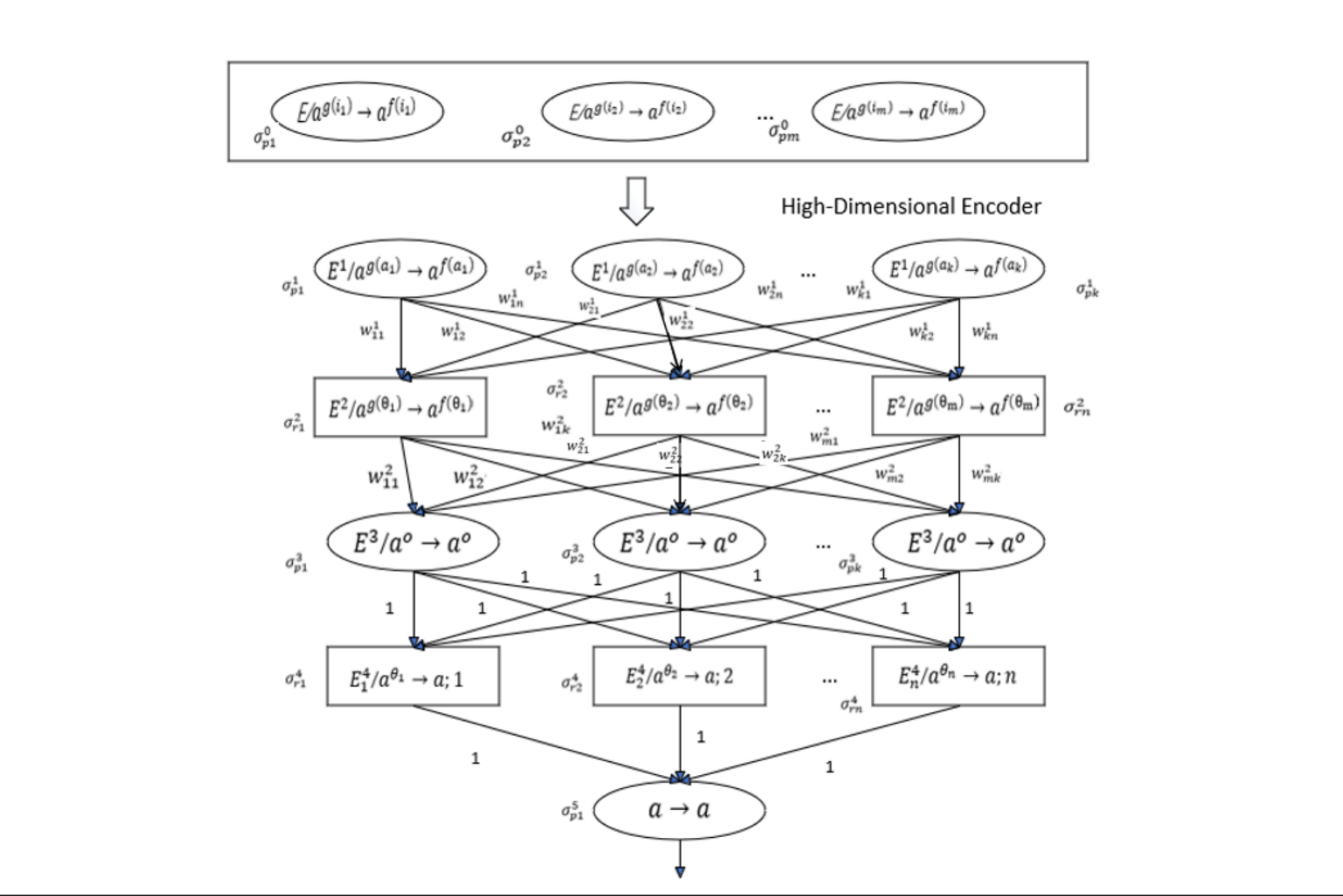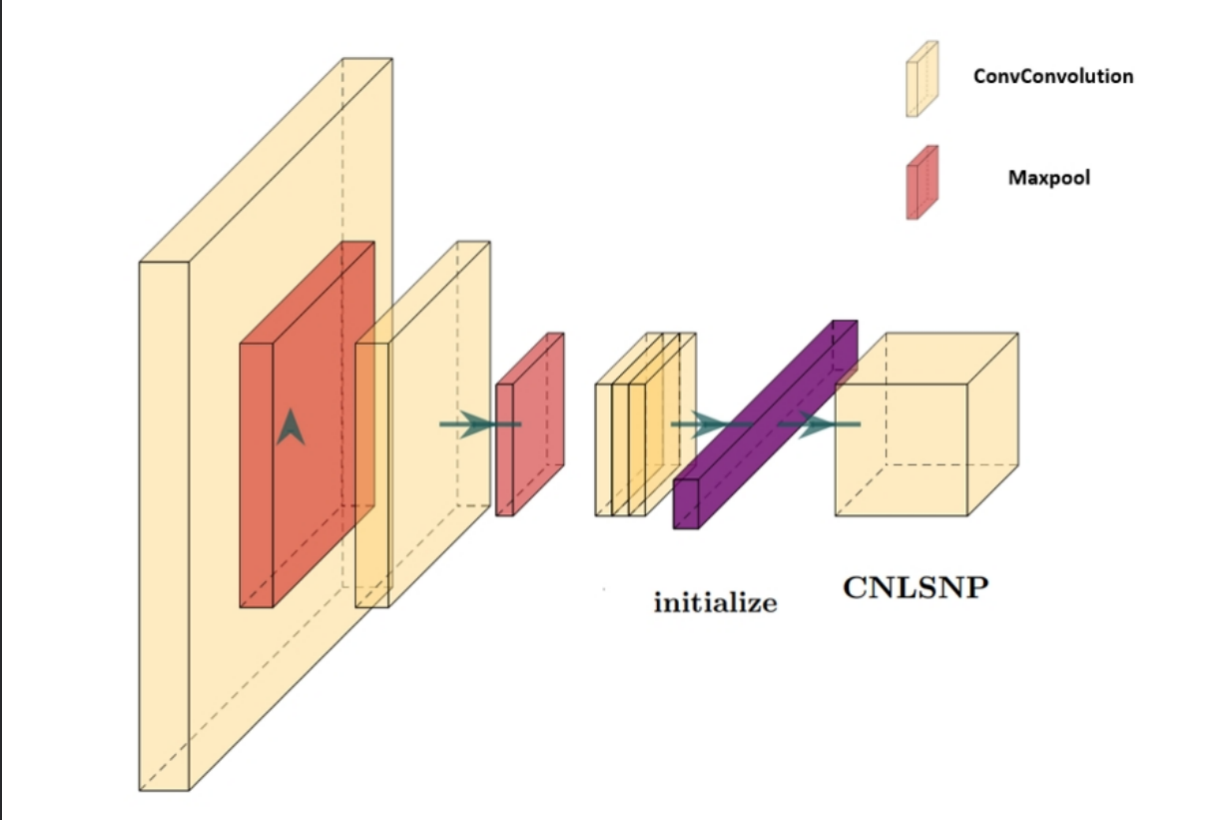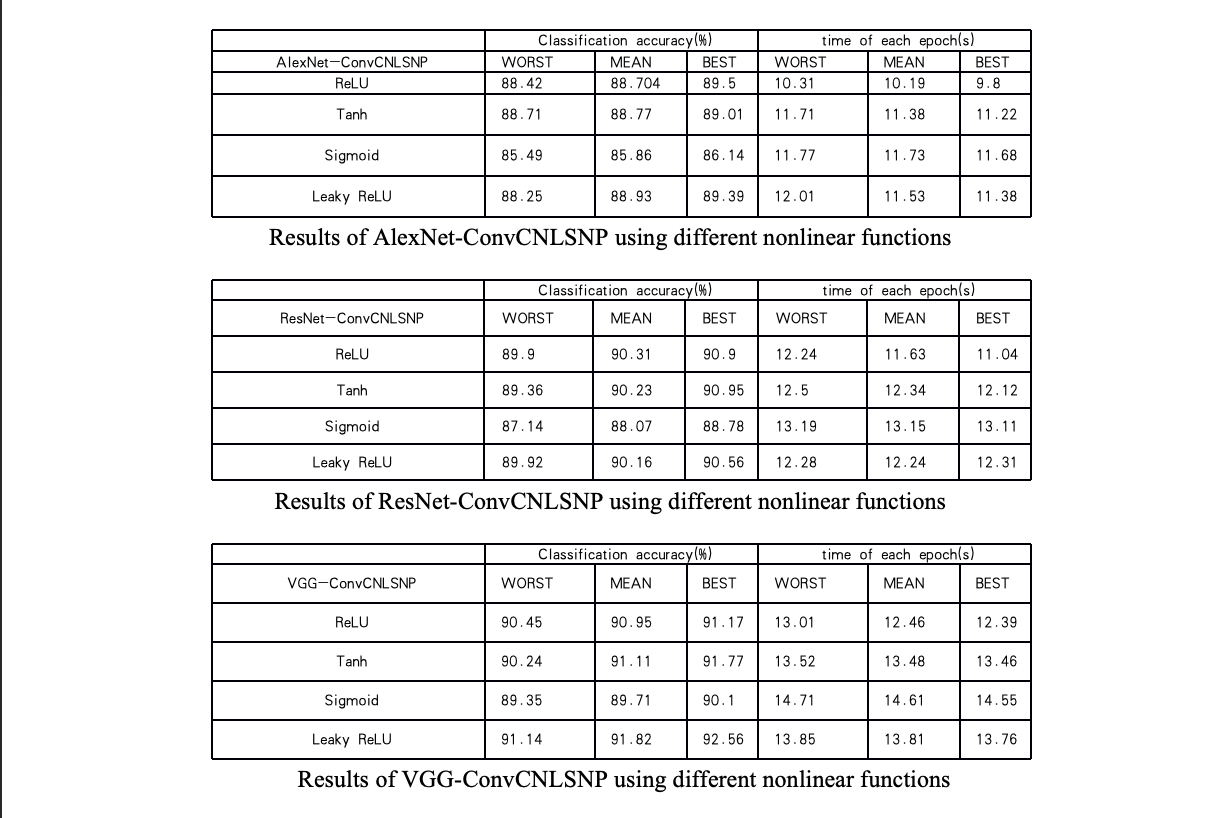This paper proposes a novel Spiking Neural P (SN P) system variant called the Competitive Nonlinear Layered Spiking Neural P (CNLSN P) system for solving classification problems. The SN P system is a biologically inspired model from membrane computing and spiking neural networks. The CNLSN P system incorporates nonlinear mechanisms and neuronal competition to enhance robustness, flexibility, sparsity, and learning capabilities. Additionally, a deep learning model named ConvCNLSNP is proposed to further improve efficiency for classification tasks.
Spiking Neural P (SN P) systems are neural-like membrane computing models inspired by spiking neurons. The flexible structure of SN P systems allows them to model learning processes without simplified neurons. This paper introduces a novel variant, the Competitive Nonlinear Layered Spiking Neural P (CNLSN P) system, to address classification problems. Experiments on benchmark datasets show that CNLSN P outperforms previous Layered Spiking Neural P (LSN P) systems by improving recognition accuracy by 1.5%–2.5%. Furthermore, the paper presents ConvCNLSNP, a deep learning model based on CNLSN P, which achieves 85%–98% faster execution time while maintaining accuracy similar to traditional CNNs.





